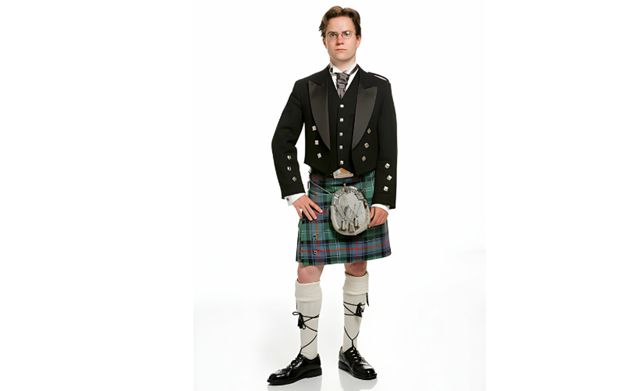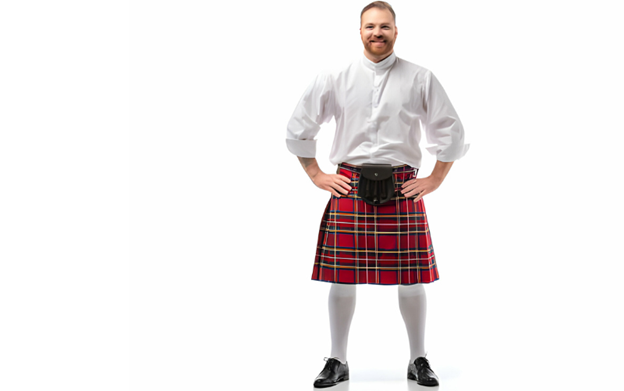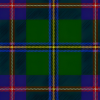In the rich cultural tapestry of Scotland, the utility kilt stands as an enduring symbol of tradition, pride, and identity. Defined by its knee-length pleats and distinctive patterns, the utility kilt has a deep-rooted history that intertwines with the very essence of Scottish heritage. This article delves into the fascinating journey of understanding “Why do Scottish men wear kilts?” by exploring the historical evolution, cultural symbolism, and practical aspects that make the utility kilt an integral part of Scottish identity.
Historical Evolution of Kilts
Kilts, with their ancient origins, have evolved over centuries to become a cultural icon. This section explores the early evidence of kilts in Scotland, tracing their development through different historical epochs.
The evolution of kilts is deeply influenced by Scotland’s cultural melting pot, blending Celtic heritage with Norse and Gaelic elements. This section unravels the intricate threads that shaped the unique characteristics of Scottish kilts.
Unraveling the Mystery: Why Do Scottish Men Wear Kilts
Beyond being a garment, the utility kilt is a potent symbol of Scottish identity. With clan-specific tartans representing familial ties, the utility kilt serves as a tangible connection to one’s roots.
Contrary to misconceptions, the utility kilt isn’t just a ceremonial outfit; its design is rooted in practical considerations. This section explores how the kilt adapts to the Scottish climate and offers freedom of movement for everyday life.
From traditional ceremonies to modern celebrations, the utility kilt is a versatile attire. Its presence in weddings, festivals, and gatherings underscores its significance in both historical and contemporary contexts.

The Design Elements of Kilts
Central to the utility kilt’s design is the tartan pattern, each telling a unique story. Clan-specific tartans deepen the connection between the wearer and their ancestral heritage.
The sporran, a pouch worn at the front, is more than a decorative element. This section delves into the historical purpose of the sporran and explores its modern variations.
Kilt pins and the Sgian-dubh, a traditional knife, add flair to the utility kilt. Beyond aesthetics, these accessories carry cultural significance, contributing to the overall ensemble.
Cultural Impact and Global Recognition
The appeal of the utility kilt extends far beyond Scottish borders. This section explores its global popularity and the diverse settings in which the kilt has found recognition.
The utility kilt’s influence on global fashion is profound, inspiring designers and making appearances in various contemporary styles. Its adaptability has allowed it to transcend its traditional roots.
With global recognition comes the challenge of addressing stereotypes and misconceptions. This section aims to dispel common myths associated with the utility kilt, fostering a nuanced understanding.
Challenges and Controversies
As with any culturally significant garment, kilts face challenges such as appropriation and misunderstanding. This section navigates the nuances of cultural appreciation and respect.
Contemporary discussions on the cultural significance of kilts reflect evolving perspectives. Debates surrounding authenticity, representation, and cultural appropriation contribute to the ongoing dialogue.
Addressing common misconceptions surrounding kilts is crucial for fostering a deeper understanding. From debunking myths about their exclusivity to emphasizing their practicality, dispelling misconceptions helps preserve the true essence of the garment.
Preserving the Tradition
Various initiatives are in place to preserve the utility kilt tradition. From educational programs to cultural events, these efforts aim to ensure that the heritage and significance of kilts are passed down to future generations.
While preserving tradition is essential, the utility kilt has also seen contemporary adaptations and innovations. These developments ensure that the garment remains relevant in a changing world, appealing to diverse audiences.
The future of Scottish kilts involves a delicate balance between preservation and evolution. Striking this balance will determine how this iconic garment continues to weave its way into the cultural fabric of Scotland and beyond.
Conclusion
In conclusion, the utility kilt, deeply woven into the fabric of Scottish culture, embodies a rich history shaped by diverse influences. Beyond its aesthetic appeal, the kilt serves as a powerful symbol of Scottish identity, connecting wearers to their heritage through clan-specific tartans. Dispelling stereotypes, addressing controversies, and embracing contemporary adaptations highlight the resilience of this iconic garment. As it enjoys global recognition and influences fashion worldwide, efforts to preserve tradition coexist with innovative adaptations, ensuring the utility kilt’s relevance for generations to come. The future of Scottish kilts hinges on this delicate balance, navigating the evolving landscape while maintaining the essence of a cherished cultural tradition.
Frequently Asked Questions (FAQs)
What does the tartan pattern on a utility kilt signify?
The tartan pattern on a utility kilt holds symbolic significance, often representing clan affiliations and family heritage.
Is the utility kilt only worn on special occasions?
While utility kilts are often associated with ceremonies, they are also worn in everyday life due to their practical design and functionality.
How has the utility kilt influenced global fashion?
The utility kilt has transcended its Scottish origins, influencing fashion designers globally and appearing in various contemporary styles.
Is the sporran on a utility kilt purely decorative?
No, the sporran on a utility kilt is both decorative and practical, providing a pouch for essentials and adding to the overall aesthetic.
What efforts are in place to preserve the tradition of Scottish kilts?
Various initiatives, including educational programs and cultural events, are in place to preserve the tradition of Scottish kilts and ensure its continuation.




Leave a reply